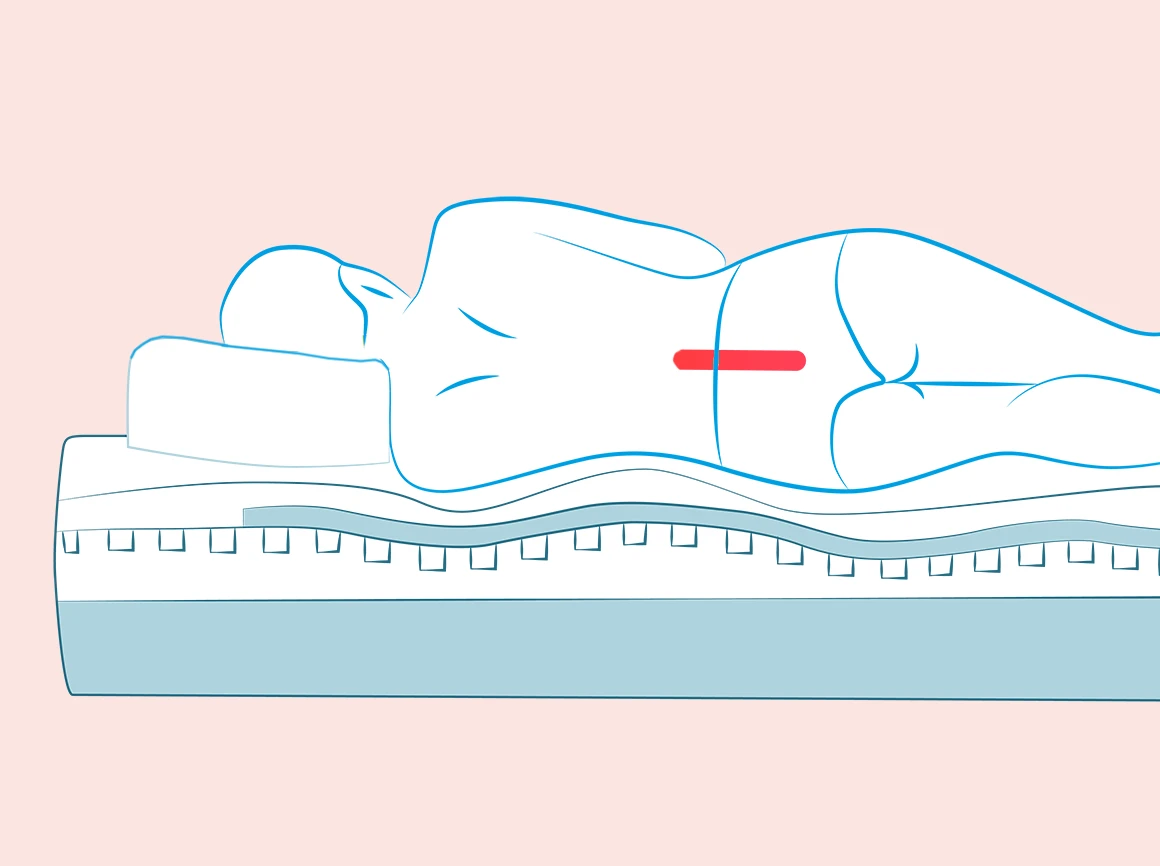To provide services at the highest level, we use cookies. Using the website requires you to choose settings related to their storage on your device. If you want to know what each type of cookie is used for, click the Details button below.
Which mattress for the lumbar region is worth considering?20 listopada 2023 |

When you experience pain in the lumbar spine, it's worth paying attention to whether you're sleeping on a functional mattress. Also, consider your sleeping position. When experiencing lumbar spine pain, it is important to rest and avoid prolonged sitting. Applying cold or warm compresses can be helpful, as well as performing gentle exercises to strengthen the muscles surrounding the spine. Of course, it's always advisable to seek medical and physiotherapeutic consultations.
Pain in the lumbar spine can result from various factors, including discopathy, strain, and injuries. It can also be a consequence of a sedentary lifestyle and improper sleep hygiene. This condition may manifest as discomfort, sharp pain, or numbness in the lower back.
The lumbar spine consists of five vertebrae: L1, L2, L3, L4, and L5. It is the region of the spine located in the lower back, below the thoracic section.
Symptoms of lumbar spine damage may include lower back pain, limited mobility, as well as numbness or tingling in the legs and difficulties in maintaining stability while walking. In such a situation, it is important to consult a doctor promptly.
The mattress selection process for the lumbar spine should primarily focus on a mattress with a firmness level of 6.5 on a 10-point softness scale. It should be made of HR foam layers with the appropriate density and firmness, and the second layer should contain V foam. A good mattress for the lumbar spine should provide proper support, be dynamic, and adapt to the natural curves of the spine.